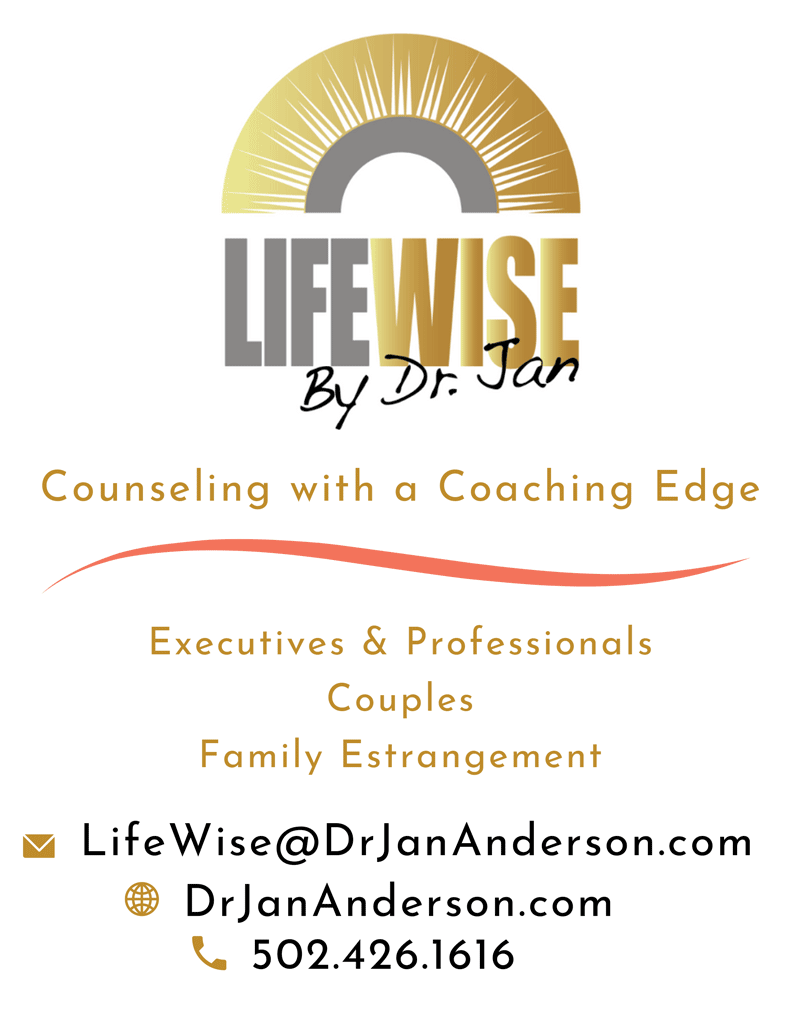Right after 9/11, my mentors, Drs. Hal and Sidra Stone wrote about their decision to make the three thousand mile drive from New York to their home in northern California. During their journey, they saw everything from outpourings of unity and generosity, to overt signs of hatred and calls to violence, to a “business as usual” sort of denial.
Sound familiar?
What was unfamiliar to me was how they saw it all with a kind of acceptance that didn’t attempt to over-accentuate the positive, eliminate the negative, or get lost in it. Their radical acceptance translated to a sense of strength, steadiness, and balance.
A few years before I met Hal and Sidra, I was swept up in another kind of crisis, two back-to-back #MeToo (before we had a collective term for it) organizational meltdowns.
As the truth came out, I noticed similar reactions to the ones Hal and Sidra described:
Some people were so upset with the leader who had betrayed them that they wanted to do him physical harm.
Others wanted to forgive and forget – as quickly as possible – and get right back to business as usual.
Others like me couldn’t stomach either of those positions.
“You have to make a container that’s big enough to hold all of it – everything you know about this person – the good, the bad, everything, all of it.”
This zen koan triggered a circuit breaker in my good/bad, black/white thinking mind. When I came back online, the possibility of a “door number three” had become something I wanted to try to wrap my head around.
The problem was I had no idea how to go about creating enough space in my air-tight container type of brain.
Should I sign on with the mob mentality and join in kicking our leader to the curb? He had certainly done enough to deserve it, between the offenses, the hypocrisy, and the coverup that had ruined lives and left the rest of us in cognitive disarray.
“But what about all the good he has done?” said others. “We’ve got to keep the organization going because it does so much good in the world. We need to forgive him, move on, and ensure that our mission continues.”
I knew this was also true. I had been a personal recipient of some of that goodness.
I was conflicted.
We’re Gonna Need a Bigger Container
To create this bigger container, I would need a whole new skill set of “both/and thinking” to allow opposing ideas and feelings to coexist inside me.
Weird. Intriguing.
Hal and Sidra refer to this Jungian-based skill as “holding the tension of the opposites.”
That sounds awful, doesn’t it? Like a hellish state of never-ending cognitive dissonance. Who wants that?
But that’s not how it works. Holding the tension of the opposites is essential because it creates the expanded thinking and emotional receptivity you need to come to a resolution.
The coolest part is that the “answer” usually emerges organically and simply presents itself. In other words, it will come to you. You won’t have to rack your brain or think hard about it.
You’ve already done the hard part — tolerating the discomfort of holding opposites with patience and receptivity. Whether your answer reaffirms one of the either/or positions, lands somewhere in the middle, or is something radically new and different, the payoff is you feel solid and at peace with where you end up.
Where both/and thinking really shines is in the personal or professional relationships that matter most to us:
It gives us a better chance of preventing relationship breakdowns.
It better equips us to repair relationship damage quickly.
If a severe relationship stressor erupts, we are better prepared to meet it.
Is learning to hold the tension of the opposites challenging? Yes, especially at first… but so what? Either/or thinking creates a life that is narrow and cramped and relationships with little room to breathe.
Besides, I’ll bet you like a challenge.






